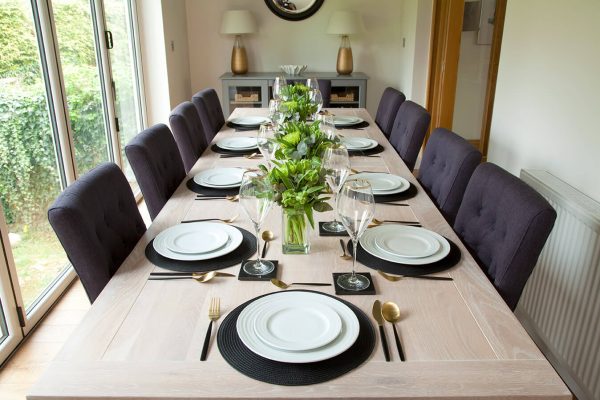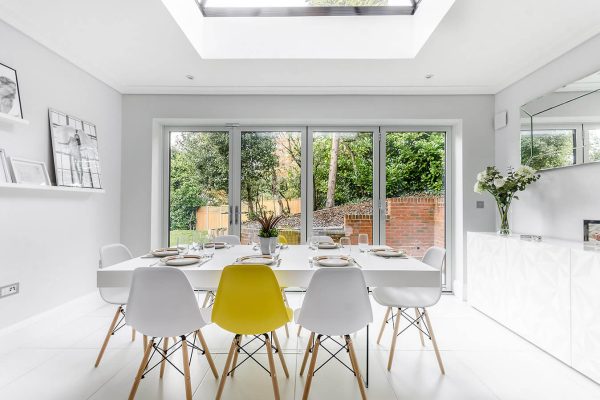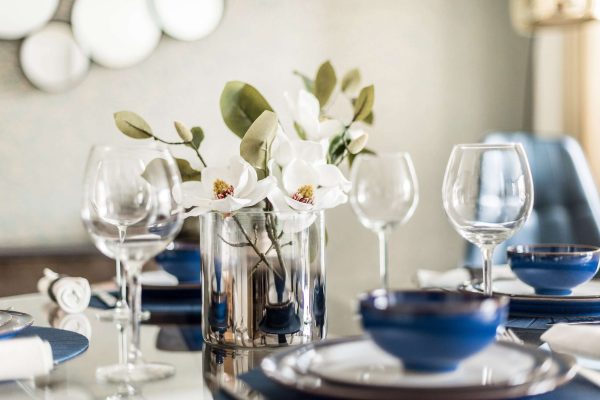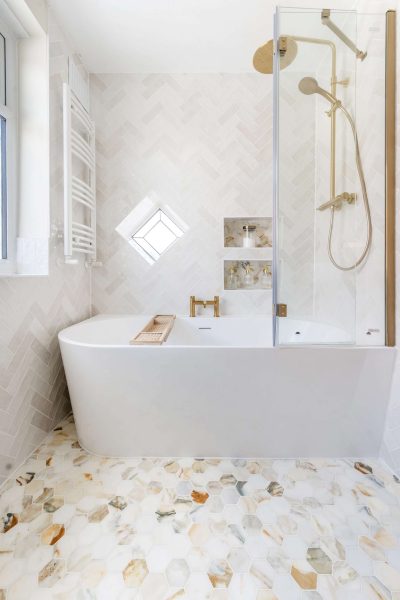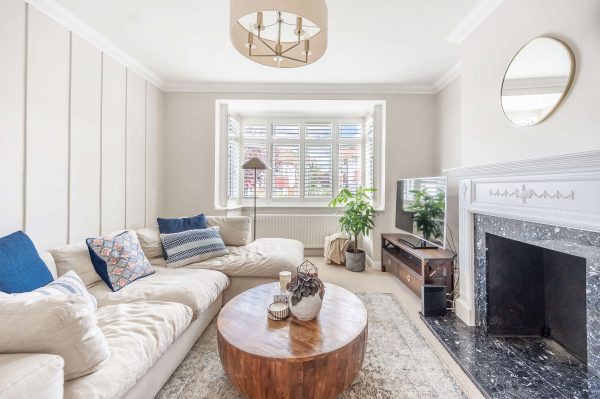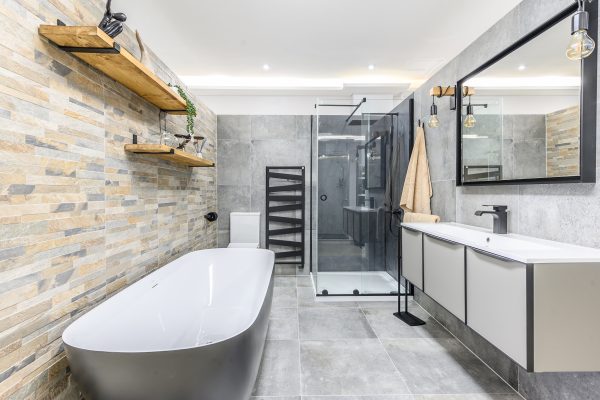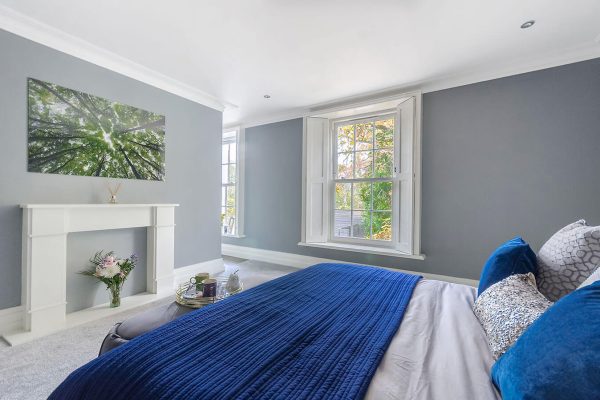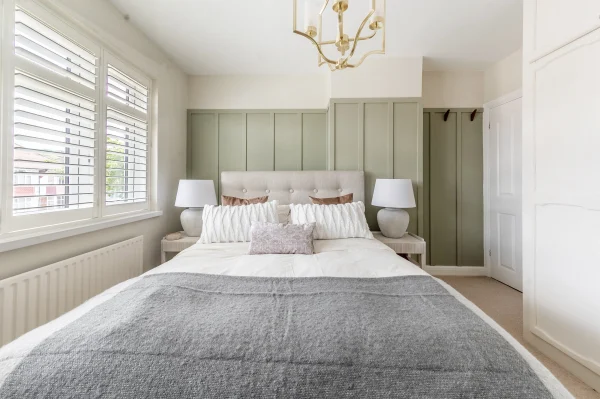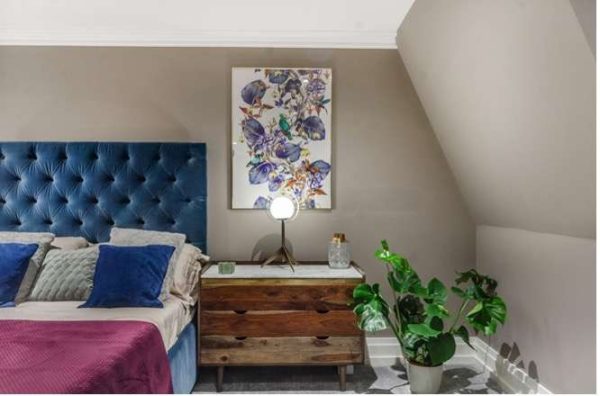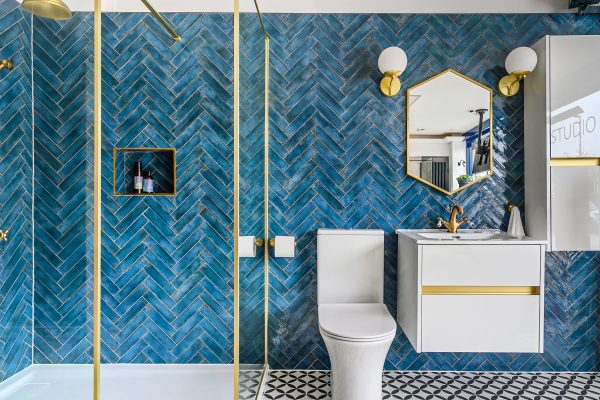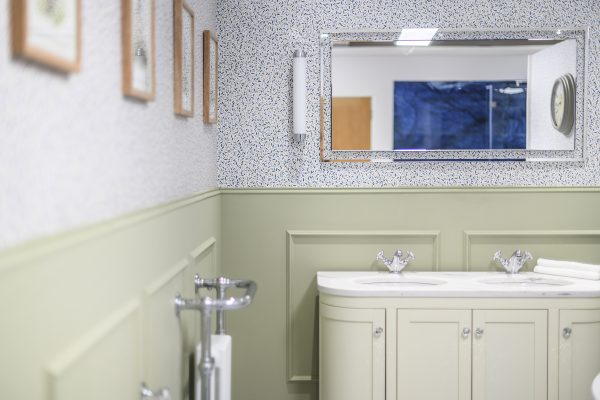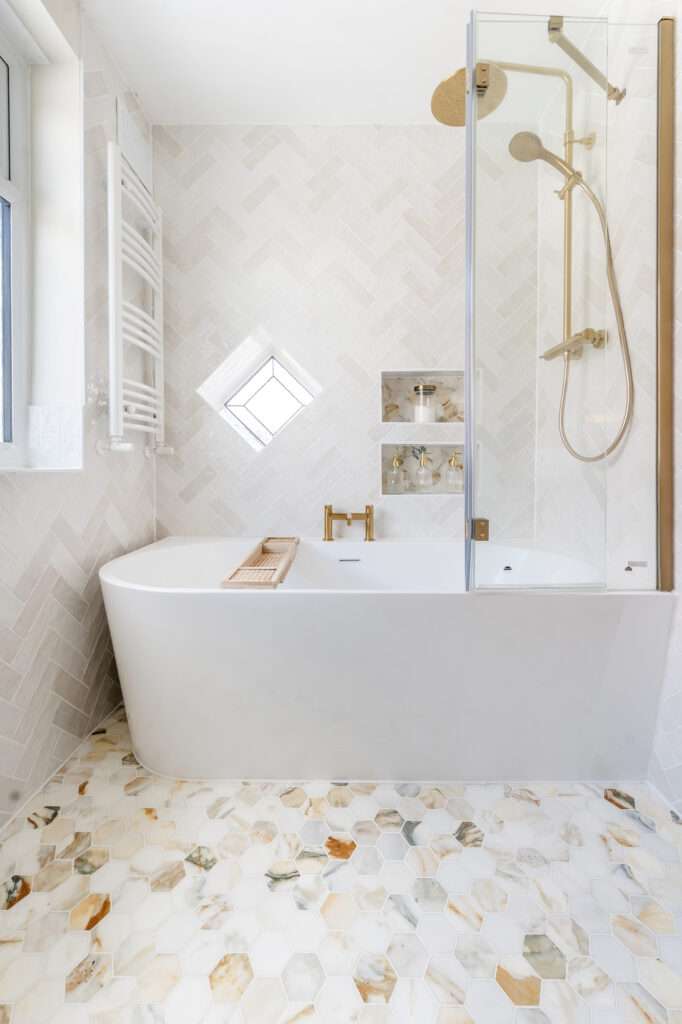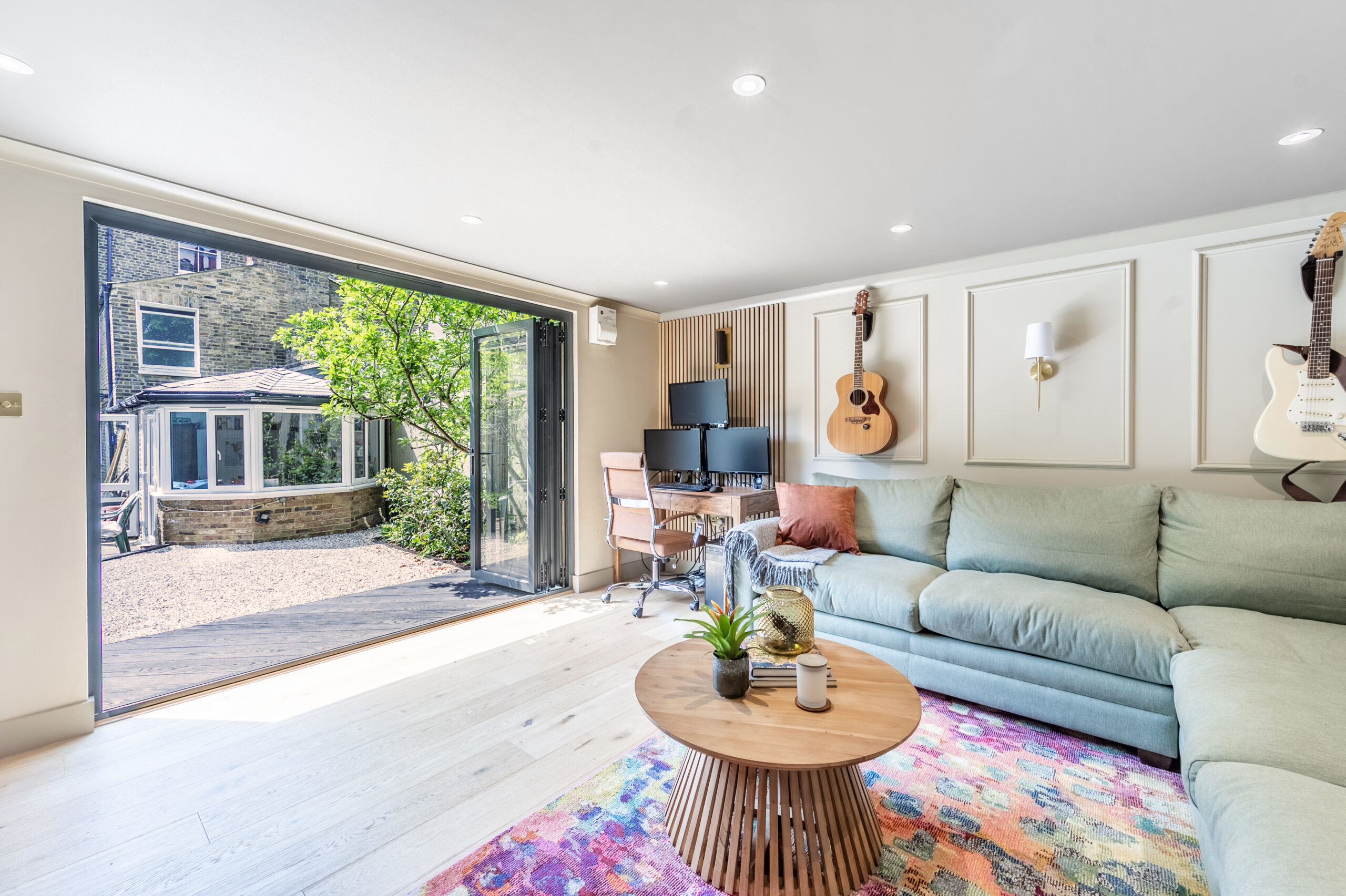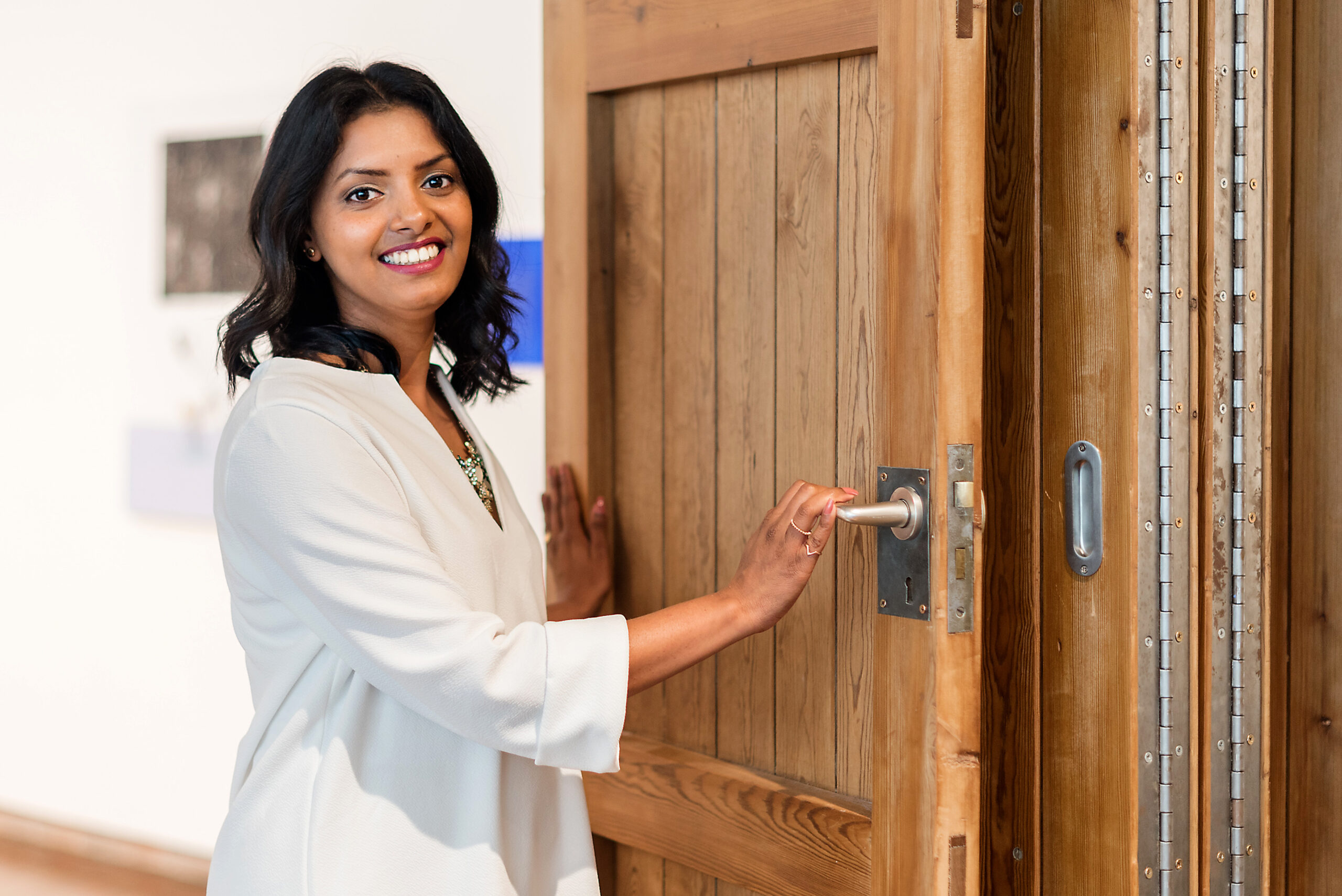5 reasons why Interior Design Masters on BBC/Netflix is not a true reflection of the real world
- 0 comments
- by Kaya Ramesh
I have a love hate relationship with this show. I love seeing the creativity of every designer who exuberates a variety of styles and how hard they work pouring their heart and soul into every project however there are things that make me cringe too. For instant what’s required from them to win the competition. There’s something wrong with the picture this show paints for anyone who hasn’t worked with an interior designer before. Here are 5 important things we do differently at KaVaRa Interior Design.
1 – Client’s brief:
On the show, the client’s wishes isn’t always a big part of the creativity the designers come up with. The designers often run with their own visual concepts without addressing the end users’ style. The owners of the premises seems to be obliged to accept this and hope for the best.
At KaVaRa Interior Design, we clearly and carefully extracts a detailed brief from each client for each space we work on. We make it our job to deeply understand what you want, need and wish (practically and aesthetically in equal measures) and turn this into bespoke designs. We adapt our ideas based on your continuous input, making sure the final design aligns with your vision, meets your practical needs and budget.
2 – Personalisation and client collaboration:
The show accentuates the individual designer’s creative vision however it does not fully capture the collaborative nature of real-life interior design projects. There’s also no sign of designs being adapted and amended along the way to suit the clients’ requirements and preferences.
When you appoint KaVaRa Interior Design, you are guaranteed to be listened to attentively. All our designs are bespoke. We work with you throughout the project, so your input is at the centre of our creation, ensuring a meaningful outcome that resonates with you, your family and daily life. We also design with your evolving needs in mind to future proof your home, so you don’t have to go through another interior design project for years.
3 – Unrealistic timelines:
On the show, designers often work towards very tight deadlines, completing projects within just a few days. The show doesn’t mention how much work has gone into each project behind the scenes before briefs are delivered to clients. Even the few days they are given to execute on the designs don’t show the long hours they are working with their sleeves rolled up (often 12 or more hours each day). They are pushed to work this way due to budget constraints put on by the production company.
At KaVaRa Interior Design, we collaborate extensively with our clients over a number of weeks to create well-thought-out and carefully executed designs that align with the client’s preferences and needs. We call this the roadmap to get to the best design for your home. This is how we create spaces that resonates with our clients and their budget. A little patience goes a long way.
4- Limited budgets and resources:
While the show may showcase impressive transformations, it doesn’t transparently address the financial and resource limitations the designers often face. The budget mentioned on the show is only for the products used in each project. This is often tiny which means designers are forced to hand-make many elements and find bargains that might not be great in quality. The labour cost for tradesmen (decorators, carpenters, flooring specialists etc) and the designer’s fees are all excluded in the budget mentioned.
Real-world interior design projects involve working with larger budgets to cover all costs and not only materials. We are here to balance creativity and your budget, taking into consideration quality materials that are long lasting. It’s also our job to have open conversations with you about how achievable your budget is from the get-go so you can avoid unwanted surprises and disappointments.
5 – Long-term functionality and durability:
The show’s format often focuses on quick transformations and immediate visual impact. Some of the designers are new to hand-making things or even DIY and this can manifest in the end results. Real-life interior design projects go beyond aesthetics. We consider the long-term functionality and durability of the chosen materials, furniture and lighting in order for these to support your home life in the long run. Ensuring that the design withstands daily use, changing lifestyles, and the wear and tear of family life is a critical aspect that does not receive the same level of attention in the show.
While “Interior Design Masters” provides entertainment and showcases creativity, it does not fully capture the nuanced and well-planned process that occurs in real-world interior design projects. Collaborative client-designer relationships, careful consideration of the budget allocation, and the dedication to creating bespoke spaces that are reflective of our clients (not us) are integral aspects that differentiate our interior design service and results from the portrayal on the show.


